Most home inspectors don’t have the experience or background to inspect a roof thoroughly. They’ll typically recommend a separate roofing inspection by a professional.
A roof inspection includes examining the condition of the soffit, fascia, and gutter system. The inspector will also check for signs of sagging and examine the shingles, looking for stains, curling, and moss. See our home page.
1. Visual Inspection
A roof has many layers that work together to protect a building from water penetration. During a visual inspection, the inspector looks at all of these components.
They’ll check shingles, looking for cracks or missing granules. They’ll also look for moss and rust. They’ll examine the flashings around chimneys and vent pipes, checking for gaps or signs of deterioration.
The inspector will also inspect the gutters and downspouts, making sure they’re not clogged or overflowing. This step may include checking the interior of your home if the inspector can access it, and looking for mold, damp spots, and other signs that leaks are causing damage.
The best time to conduct a visual inspection is in the spring or fall when temperatures are mild. This will allow the inspector to see any problems and get them fixed before colder weather sets in. This will help prevent expensive repairs in the future. In addition, fixing problems in the fall will allow shingle replacements to be completed before snowfall and freezing temperatures.
2. Thermal Imaging
The thermal imaging process allows us to see the moisture that can be hidden in your roof insulation. Moisture in the insulation causes it to heat up and cool down faster than in dry areas, making the difference visible to the camera. This allows us to pinpoint the source of a leak and assess its severity.
The physics behind this technology is simple. During the day the sun’s heat radiates onto the roof surface and, as it sets, the cooled roof insulation will reveal moisture areas by their temperature differences. It’s important to schedule your survey at the end of a sunny day so that the roof can be heated during the daylight and then cooled at night — this makes the wet insulation stand out.
This is especially effective on low-sloped roofs that are hard to access for visual inspection. It is also an excellent tool to use with a visual walk-around to ensure that all areas of your roof are inspected and any issues that might not be visible can be identified.
3. Structural Inspection
A structural inspection goes one step further than a home inspection. This is because it looks at the primary load-bearing elements of a building, including the roof, framing, and foundation. Structural inspectors assess any damage and whether it poses a safety hazard.
During a structural inspection, you may also be asked to check the flashings around chimneys, dormers, and vent pipes. These are the metal materials that redirect water away from your home, but they can get corroded and cause rot in the framing of the roof or walls of your home.
A structural inspection can be done anytime there’s reasonable access to the areas being inspected without moving or removing anything that could cause visual obstruction. It’s an excellent way to identify issues with your property before they have a major impact on the structure of your home. This type of inspection is also essential before making any major purchases like buying a new home or business.
4. Water Testing
Your roof shields you and your property from the elements. Neglecting roof maintenance or inspections can lead to structural damage, leaks, and rot before you realize there is a problem.
The inspector will also look at the flashings around chimneys, dormers, vent pipes, and other penetrations on your roof to make sure they are a good fit and not damaged or corroded. Damaged or leaking flashings allow water into the interior structure of your building and can contribute to rotting inside walls and ceilings.
The inspector will check for ponding on the roof, look for drainage lines to be clear of blockages, and for evidence of a flood (water stains on the ceiling or attic floor). Lastly, he or she will test the integrity of the roof membrane using low-voltage electrical conductance testing and electronic leak detection (ELD). This uses moisture to complete an electric circuit between two pieces of equipment, revealing breaches in the membrane that other methods may miss. Next blog post.

